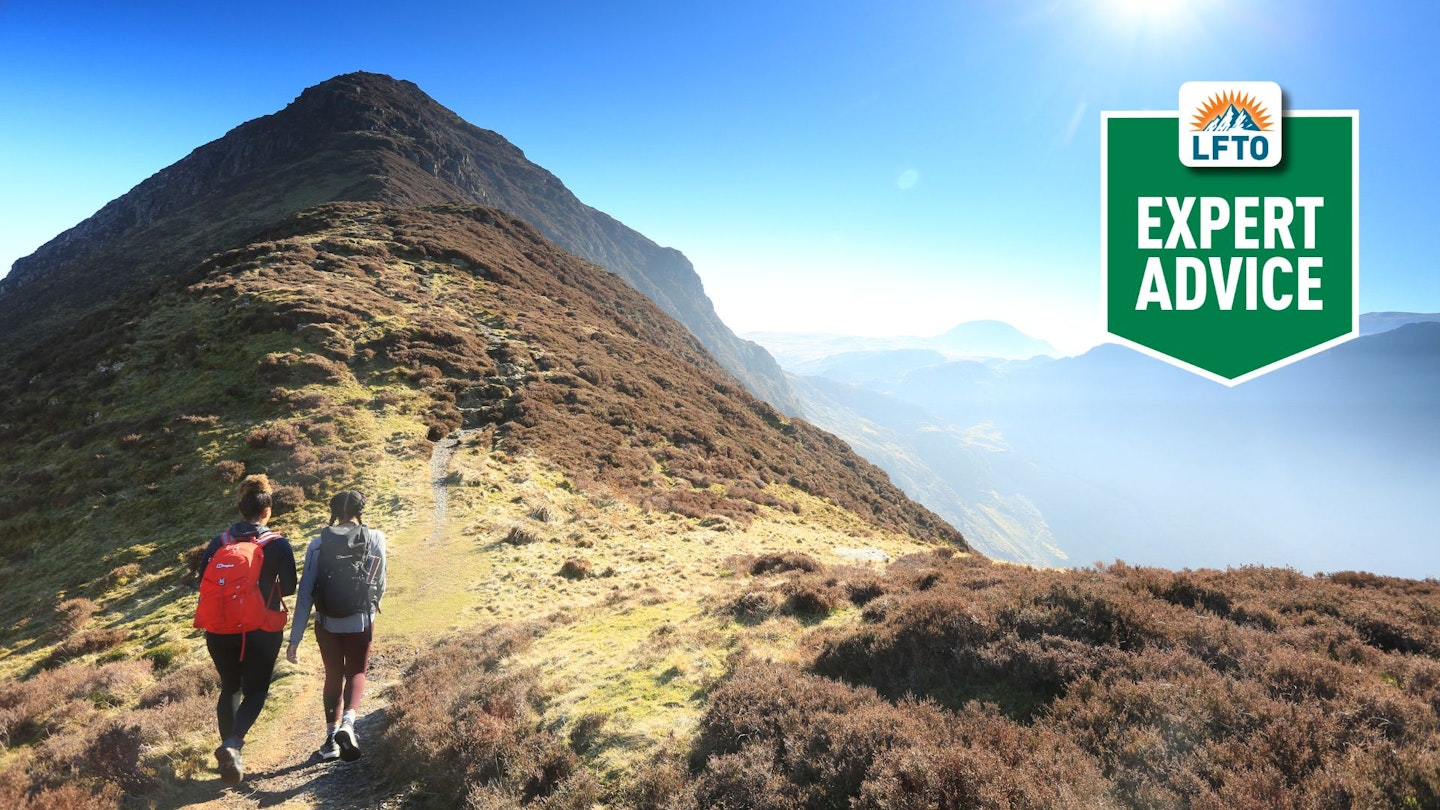As spring arrives and snow recedes from the mountains, it marks the perfect time for hikers to get outdoors and start planning bigger and more adventurous trips.
However, winter's grip can linger, so it's crucial to remain equipped for sudden weather changes when heading for high ground. Still carrying some essential winter gear and keeping a close eye on accurate weather forecasts are key to planning a safe adventure.
Most of all, though, spring is a great time of year to be out in the mountains, enjoying the warmer temperatures, longer days, and sights and sounds of nature as it emerges from the winter months.
These 8 tips from one of our resident Mountain Leaders will help you stay safe and happy on your spring mountain adventures.
1. Keep winter gear handy
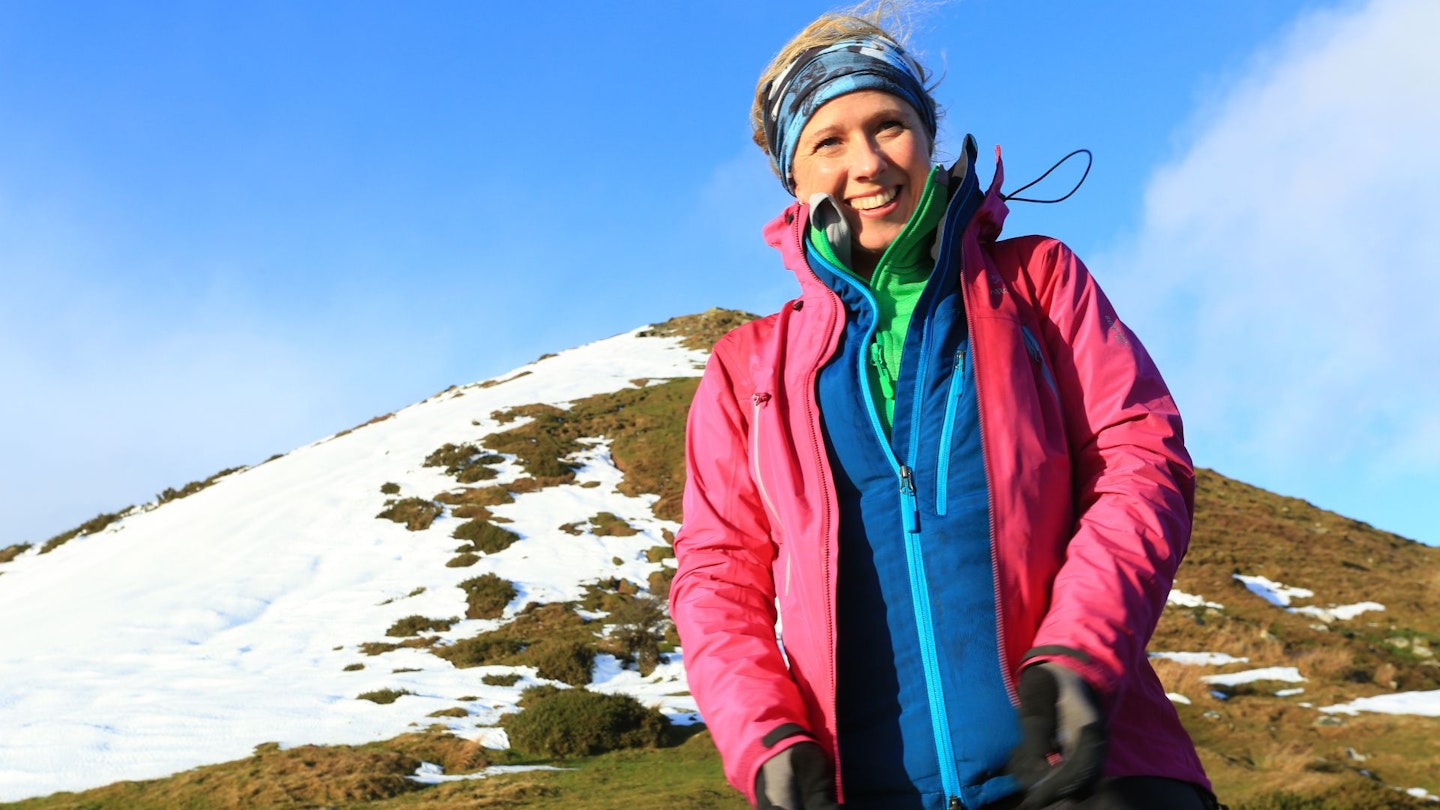
Just because it’s spring at lower elevations doesn’t mean winter has fully retreated from the mountains. Snow and ice can linger on summits for weeks, and conditions can change rapidly. Always check the latest weather reports and summer forecasts before heading out, and pack accordingly.
As the Scots wisely say, “Ne’er cast a clout till May be out.” In other words, don’t get caught high on a remote Munro in just a t-shirt when there’s still a very real chance of a sudden snowstorm rolling in.
2. Consider microspikes over crampons
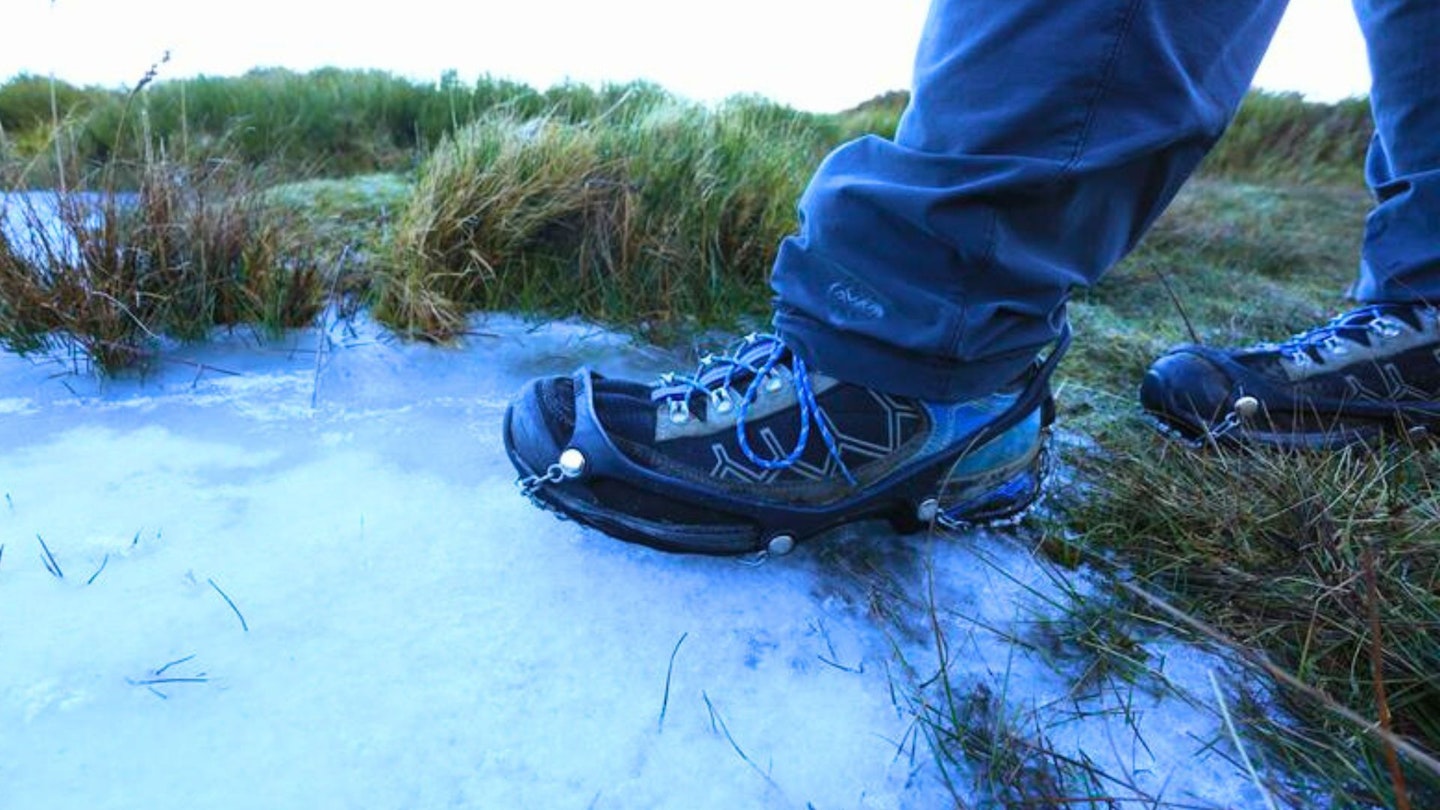
When snow coverage isn’t deep enough to require full crampons, microspikes offer excellent traction on icy and compacted snow surfaces without the added bulk and weight. They’re smaller, lighter, and easier to pack, making them ideal for shoulder seasons when conditions can be unpredictable.
However, always research the terrain and check recent trip reports to be sure they’re suitable for the conditions you’ll be facing.
3. Gaiters are great
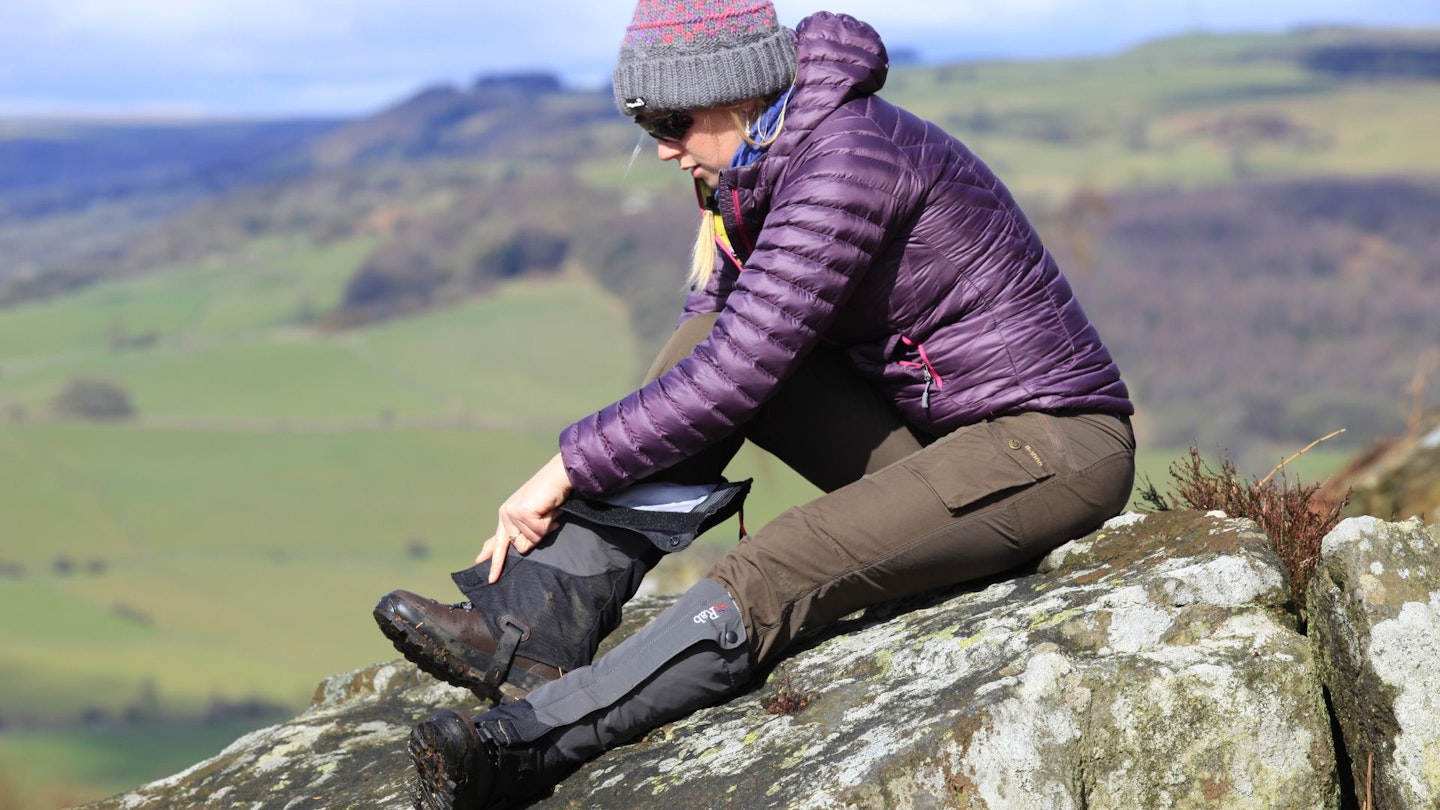
No matter how waterproof your boots claim to be, wet trousers quickly lead to damp socks and cold, uncomfortable feet. Gaiters provide an extra layer of protection, keeping moisture, mud, and debris out of your boots.
They’re especially useful in spring when trails are muddy, streams are high, and melting snow makes paths even wetter than usual.
4. Carry walking poles

Spring means melting snow, which leads to rivers and streams swelling far beyond their usual size. Small, easy-to-cross trickles in winter can become deep, fast-moving torrents in spring.
Walking poles provide much-needed stability when fording a river in spate or navigating slippery, uneven terrain. They also help reduce strain on your knees when hiking downhill, making them a great all-around investment.
5. Plan routes with waterfalls
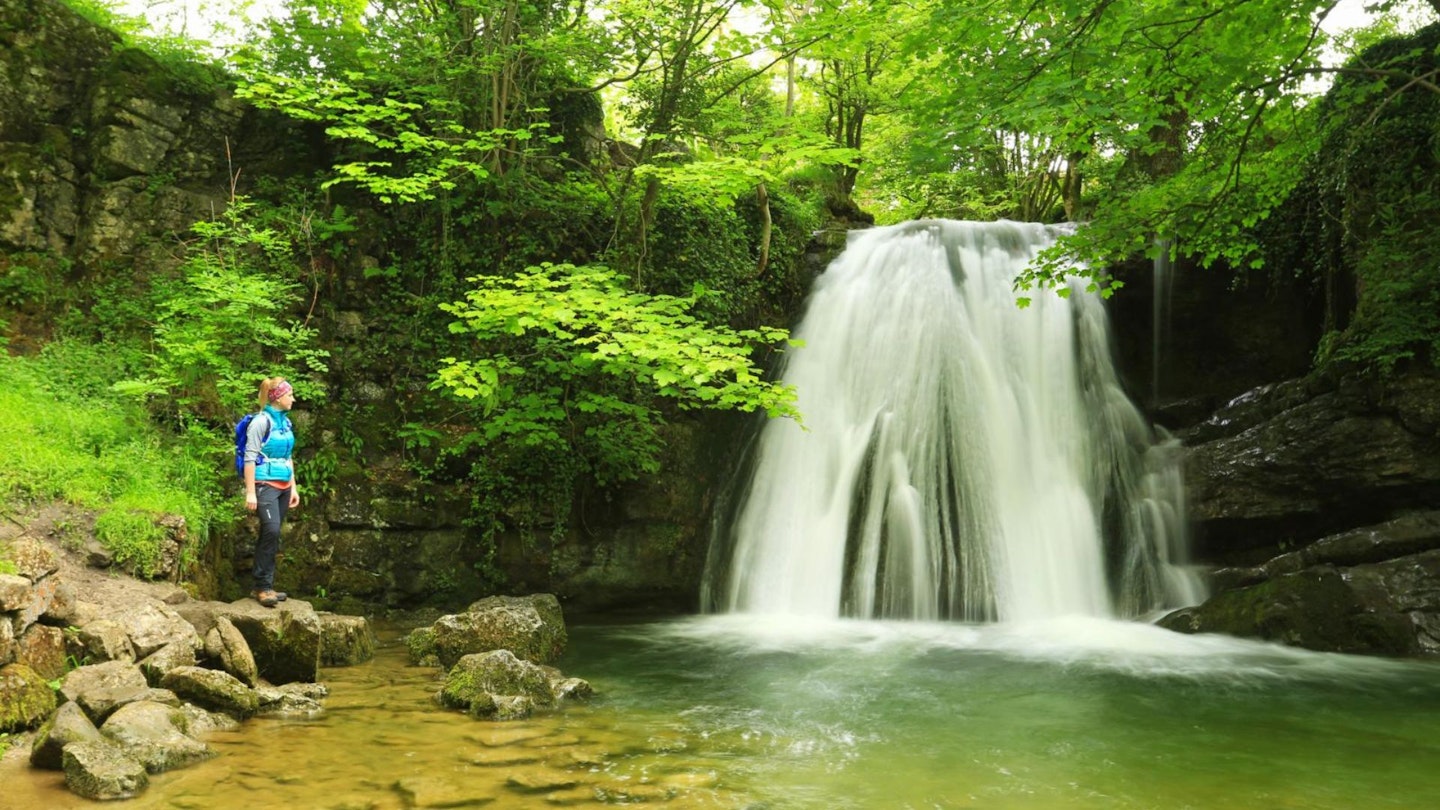
Spring’s thaw brings some of the most dramatic waterfalls of the year, as snowmelt cascades down the mountains. If you enjoy scenic hikes, plan your route to include known waterfalls or river valleys where the increased water flow will be particularly impressive.
Just be mindful that trails near waterfalls can be especially wet and slippery, so wear proper footwear and take extra care.
6. Stay high and dry
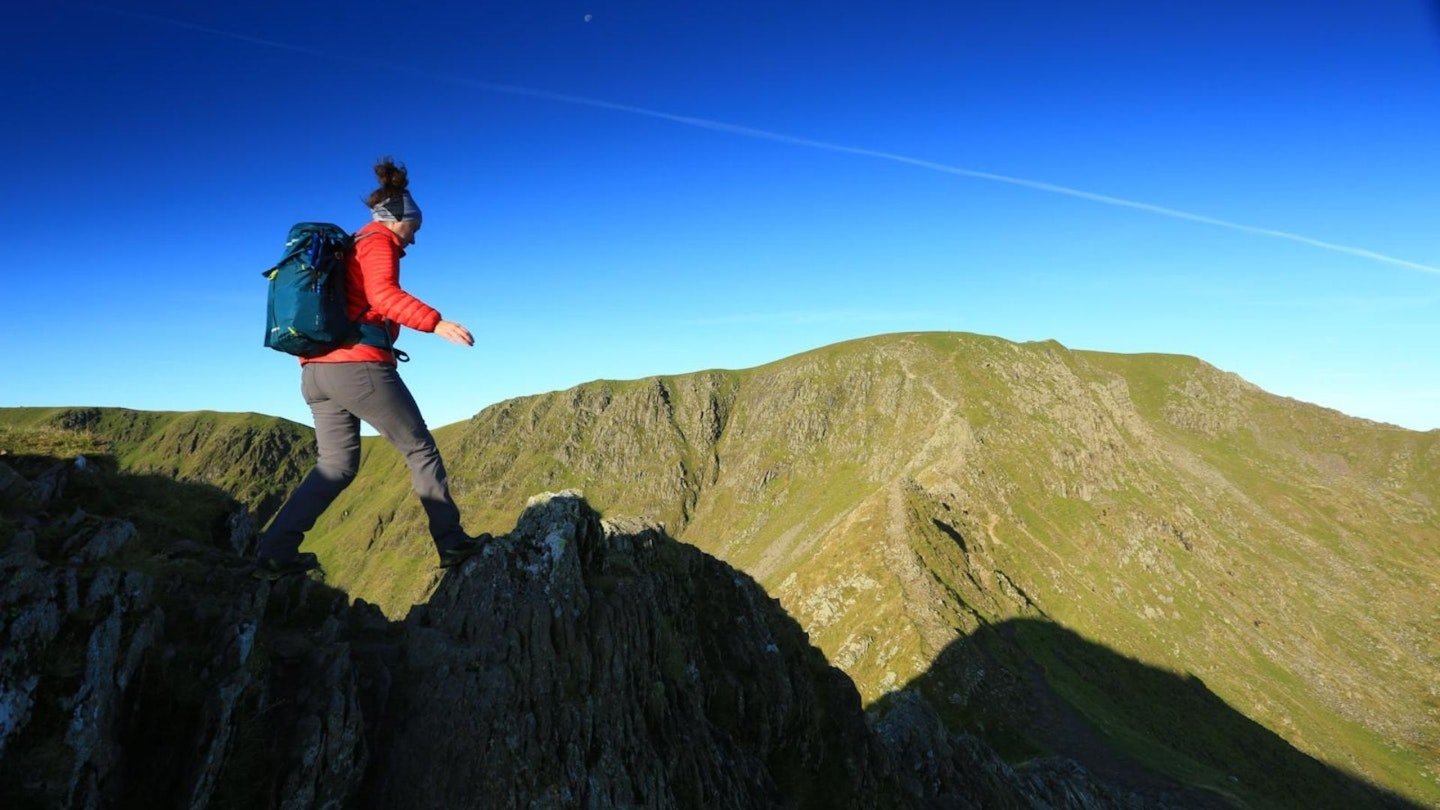
Spring can turn many lowland trails into boggy, muddy slogs, particularly after heavy rain or snowmelt. To avoid getting stuck in deep mud, plan routes that stick to higher ground where the trails are drier, the footing is firmer, and you’ll likely get better views. Well-drained ridgelines and rocky paths are often better choices than low-lying routes prone to flooding.
7. Take advantage of longer days
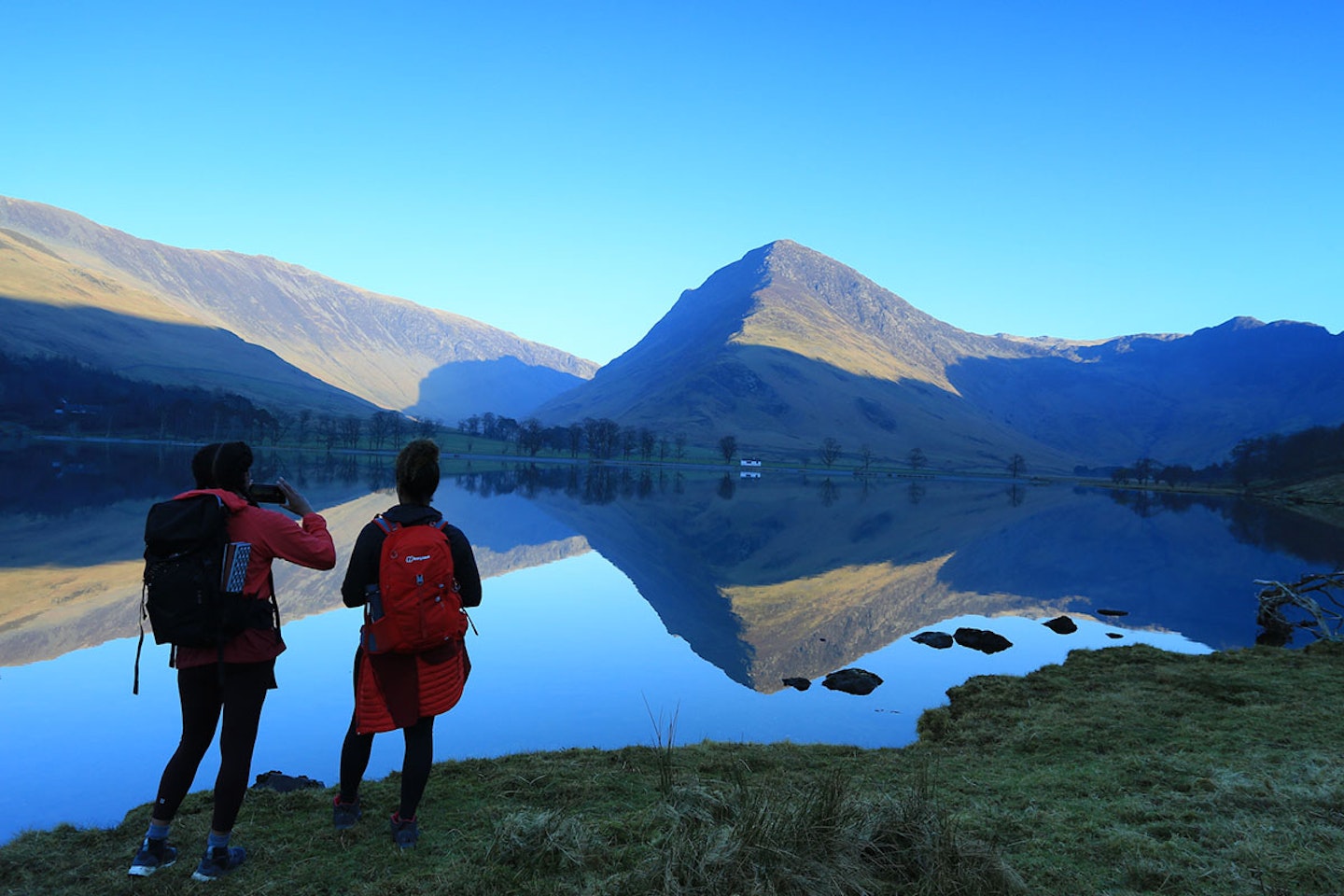
April and May bring noticeably longer daylight hours, with each day gaining over four minutes of extra sunlight. This gives you more flexibility to extend your hikes without worrying about running out of daylight.
Just remember that longer routes still require careful planning – pack enough food, water, and layers to stay comfortable for the duration, and always have a headtorch in case you’re out later than expected.
8. Dry your backpack cover

A wet backpack cover may seem like a minor issue, but if it stays damp for too long, it can develop mildew and unpleasant odors. After every outdoor trip, take the time to properly air it out, ideally somewhere warm and dry. This simple step helps prolong its lifespan and ensures it's ready to keep your gear dry the next time you need it.
About the author
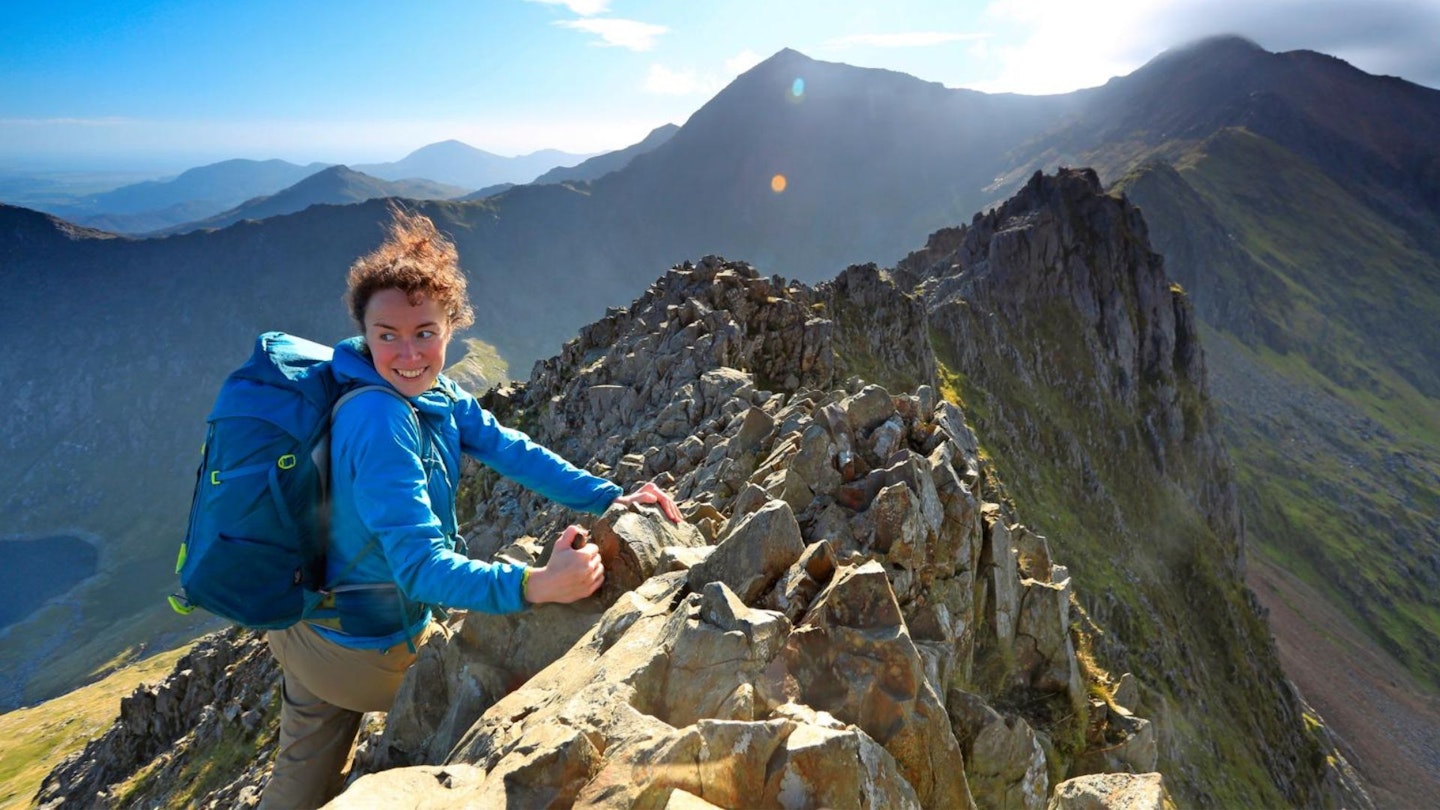
Sarah Ryan is a writer, nature educator, wild camping guide, and mountain leader. She lives on the edge of the Peak District National Park, has worked for Trail magazine and Trail Running magazine, and is a regular contributor to LFTO. She also recently returned from a dream trip trekking in the Himalayas and has more big adventures planned this year. Find her on Instagram @katmakestracks
